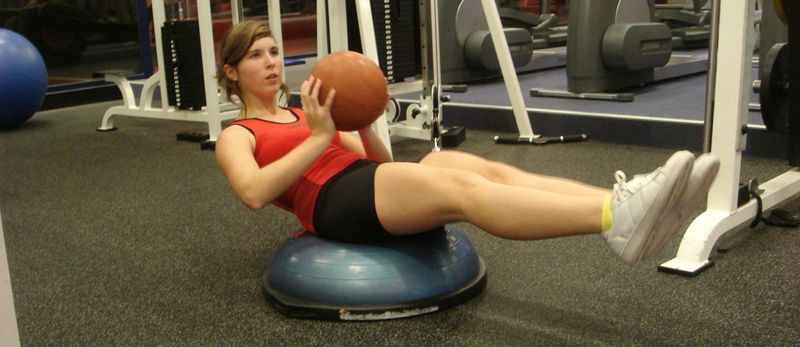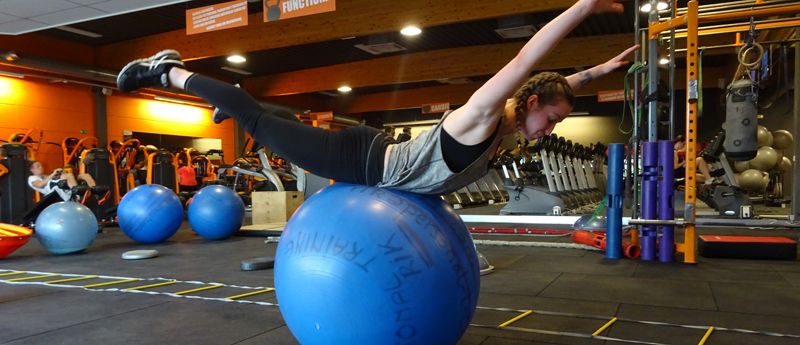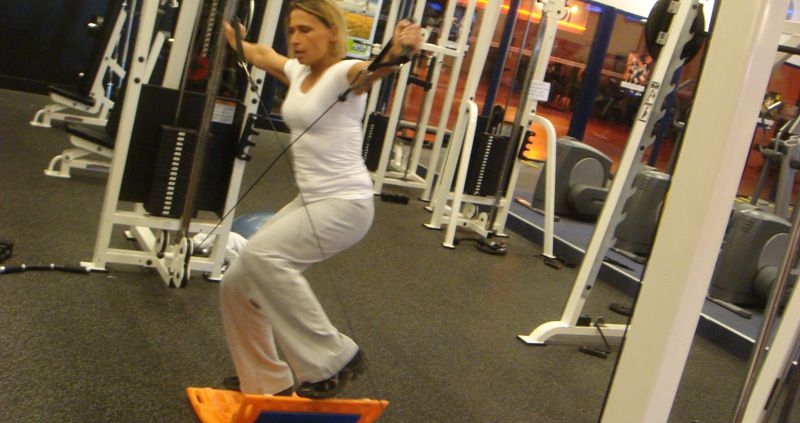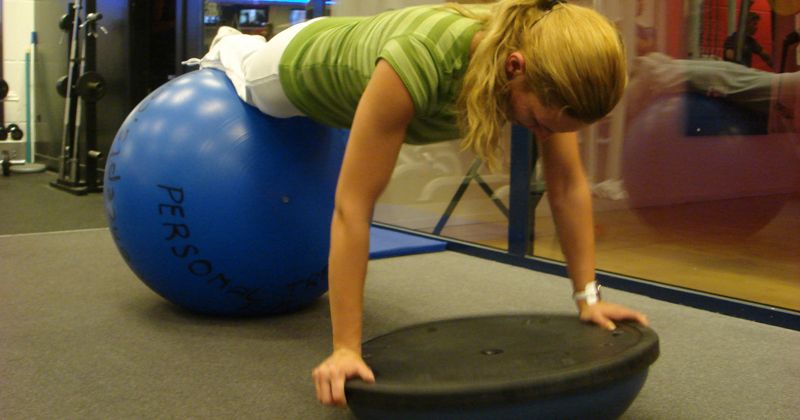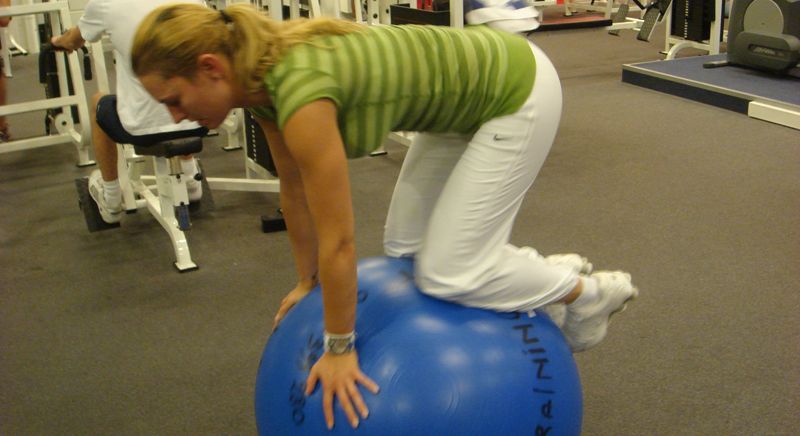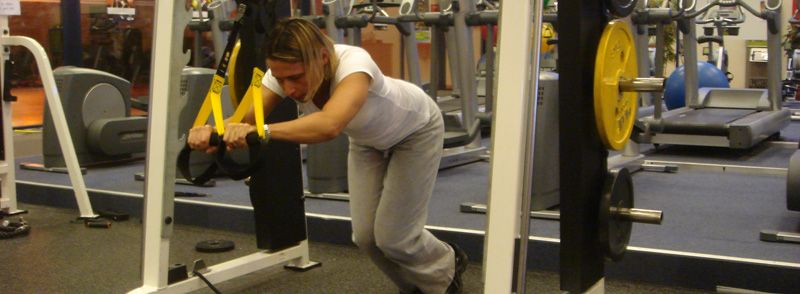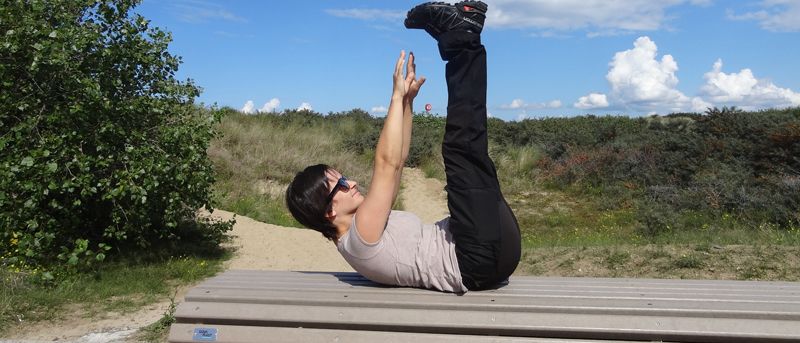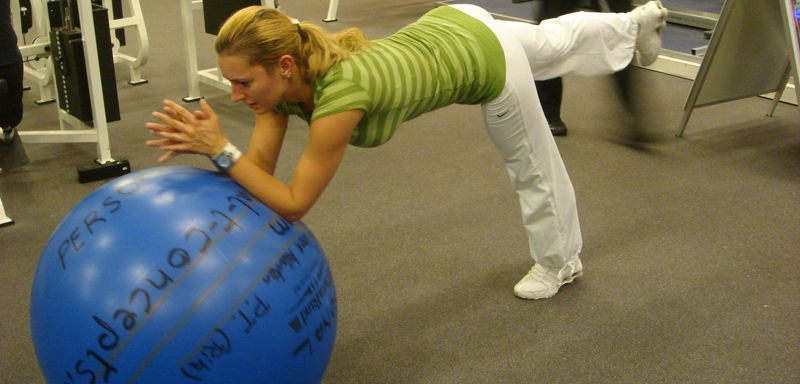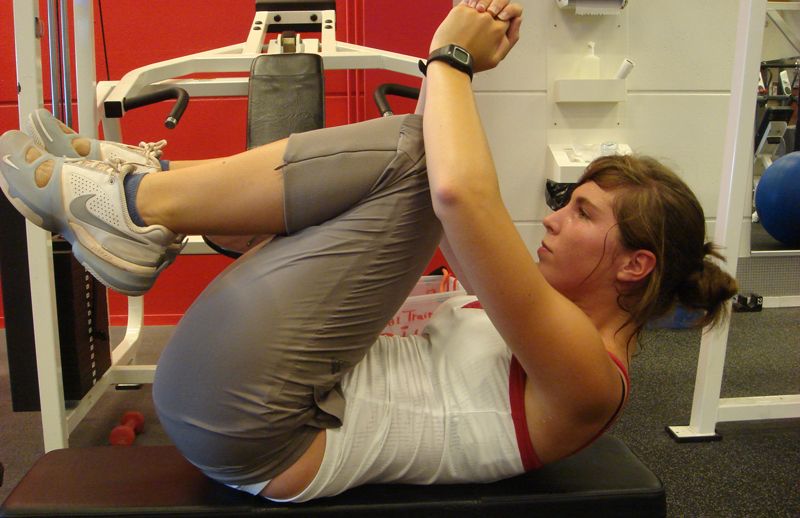The Core consists of different structures
The multifidus muscle: This deep spinal muscle runs from the neck to the sacrum. It is responsible for extension, rotation and lateral flexion of the spine and also produces force that stabilises the trunk.
The interspinous, intertransverse and rotator muscles: The deep-lying muscles that attach to the spinal column are very important for rotational movement and lateral stability.
The external oblique abdominal muscle: The abdominal muscles that attach to the lower ribs, pelvis and abdominal fascia.
The internal oblique abdominal muscle: The abdominal muscles that attach to the lower ribs, pelvis and thoracolumbar junction.
The transverse abdominal muscle: The abdominal muscles that attach to the lower ribs, pelvis, thoracolumbar junction and the rectal area.
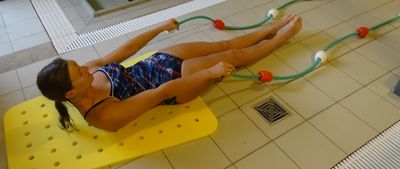
These abdominal muscles work together to produce force and increase abdominal pressure to create stability in the spine. Individually they allow for rotation of the torso.
The rectus abdominis muscle: This abdominal muscle runs from the 5th to the 7th rib, to the lower part of the breastbone and then to the front of the pubis bone. This muscle moves the vertebral column and produces force on the internal surface of the external and internal oblique muscles.
Erector spinae muscles: This structure helps to maintain balance when all forces are acting on the spinal column. This tension incites the various surrounding muscles to contract.
Quadratus lumborum muscle: The largest spinal stability muscle helps with lumbar extension and stabilisation on the one hand, but also contributes to pulling on the arms on the other.
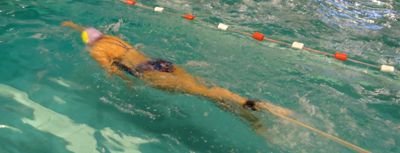
How does functional training work on these muscles?
Unlike normal training, we do not only focus on sit ups or back muscle exercises. Efficient use of the core involves movement in several planes. This is why it’s important to switch to dynamic stabilisation. This involves increasing proprioception and stability throughout the body.
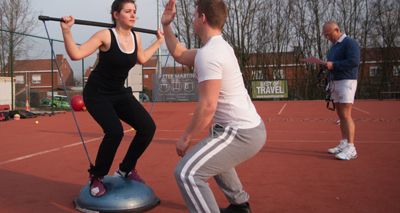
We achieve dynamic stability in our functional training by taking positions that are similar or identical to everyday or sport-specific movements. Using small equipment such as an exercise ball or balance board, we take on the challenge of creating power on an unstable surface within all ranges of movement.

